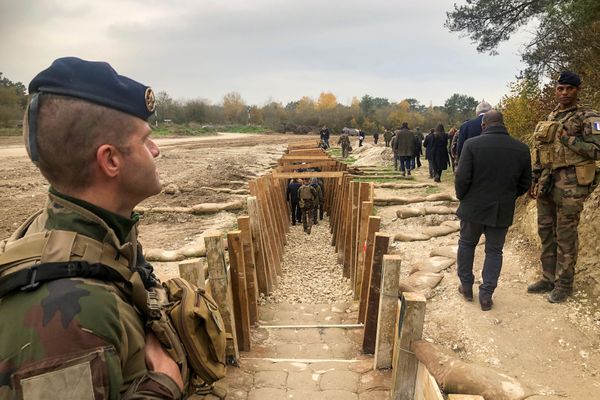
We should not dismiss the risks from heatwaves and the air pollution that accompanies them. Between 400 and 800 people are estimated to have died from breathing ozone that formed close to the ground in the UK in the hot days of August 2003. Forest, grass and heathland fires can add to the pollution risk, too.
Despite record-breaking temperatures on Tuesday 19 July this year, we did not have record-breaking pollution. The maximum ozone concentrations at the ground was about 40% of that measured in the 1976 heatwave, but a large area of eastern England did measure “high” air pollution, as defined by the UK government. This is the point where vulnerable people are advised to avoid outdoor activities.
Prof Ally Lewis, from the University of York, explained: “Heatwaves in the 70s and 80s saw exceptional concentrations of ozone. This was an era when vehicles did little to limit their tailpipe emissions or stop petrol evaporating. Ozone can’t reach those dizzying heights now because of emission controls. But for future controls we need to look closer to home, reducing use of products that are high in volatile organic compounds, such as aerosol sprays, paints and glues.”
As the afternoon went on, fire smoke affected many parts of the capital. London fire brigade had its busiest day since the second world war. More than 40 homes and shops were destroyed. In some cases, including after fires in Sidcup and Wembley, pollution was measured a few hundred metres away. But smoke from scrubland fires near Dartford and the blazes in Wennington spread several kilometres over the capital.
Less than 350km (200 miles) from London, Paris also experienced summer smog and smoke pollution in the heatwave.
Karine Léger, the director of Airparif, the Paris air pollution network, said: “On that Tuesday we had high ozone in the afternoon. In the evening, people across the Paris region could smell burning and the sky was veiled in smoke. Chemical analysis showed that the pollution was typical of wood combustion. This was partially from local wildfires in the Paris region but was mainly due to the arrival of air from New Aquitaine in the south-west of France, where forest fires had been raging for several days.”
We clearly need to do more to limit summer smogs, and with increasing risk of landscape fires, our climate adaptation may need to include new systems to warn people of the air pollution from landscape fires.
Additional analysis by Timothy Baker of Imperial College London







